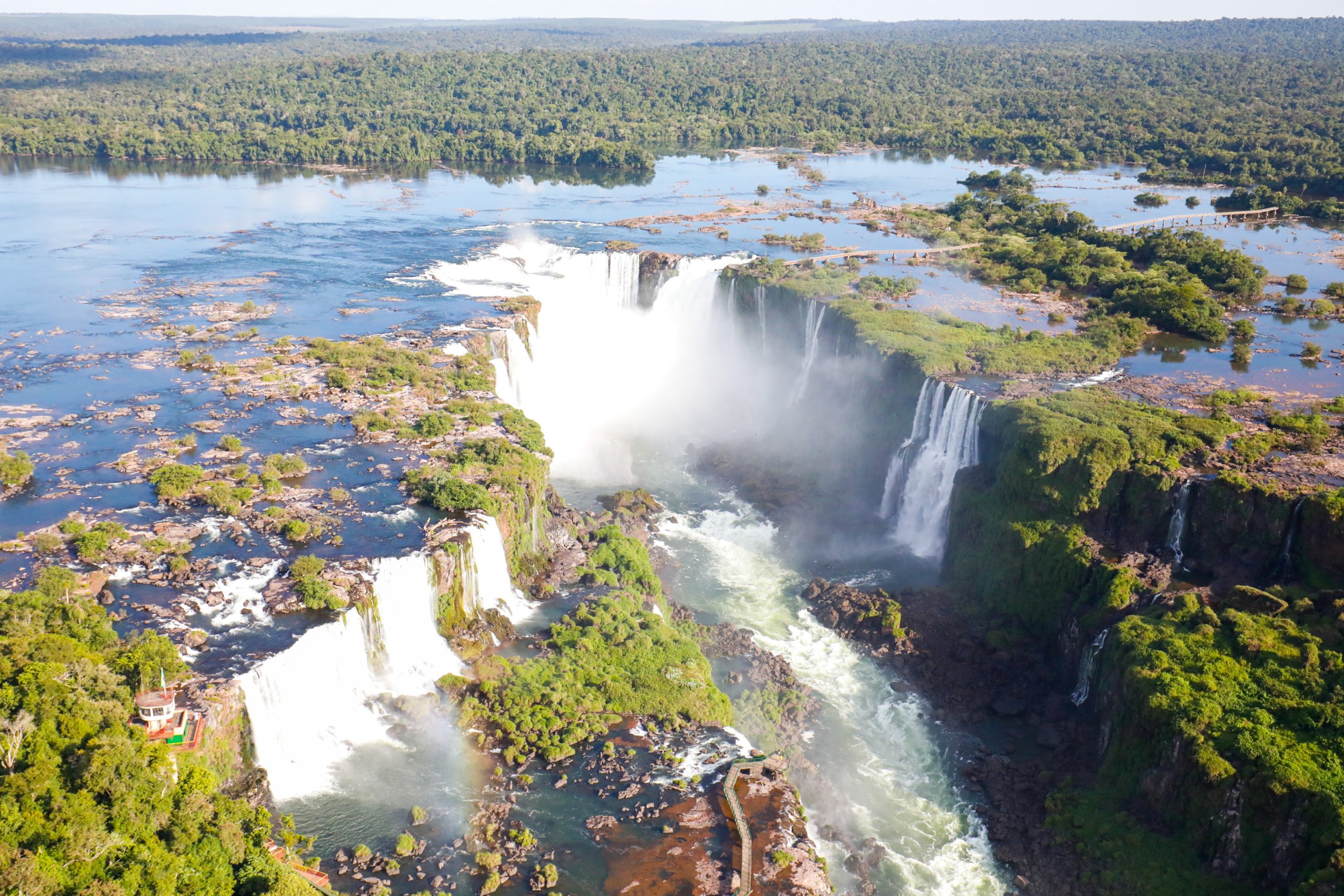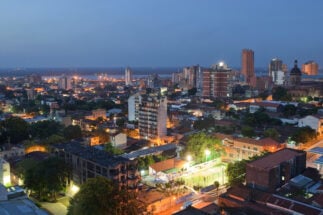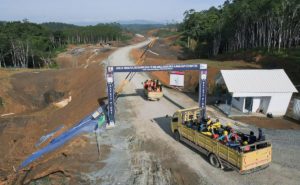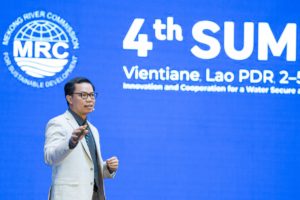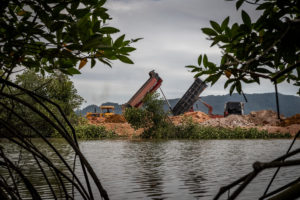The recent UN Water Conference was the first in almost 50 years. Held in New York on 22–24 March, and co-hosted by Tajikistan and the Netherlands, it highlighted the water challenges facing every corner of the Earth, and closed with the adoption of the Water Action Agenda, an action plan outlining commitments to protect the resource and seek a water-secure future.
For Latin America, a region that has in recent years seen some of the world’s longest ongoing droughts, vast forest fires and record-breaking heatwaves – and increasing tensions as a result of them – it could not have come at a more important time.
Transboundary action and regional integration are increasingly being seen as a must to deal with environmental challenges, including water stress and the broader climate crisis, and were promoted at the UN Water Conference by a number of Latin American organisations. There are perhaps few institutions for which transboundary water issues are as relevant as Itaipu Binacional, the company that operates the world’s third largest hydropower plant, the 14,000-megawatt Itaipu dam, which sits on the Paraná River at the border between Brazil and Paraguay.

At the UN Water Conference, Diálogo Chino spoke with Maria Gwynn, a Paraguayan international lawyer and expert on the use of shared resources, and a member of Itaipu’s supervisory board. She discussed the significance of the conference and conventions on water, the hydrological crisis affecting Latin America and responses to it, and why cooperation is so important for the region.
Diálogo Chino: Your work has focused on transboundary cooperation in Latin America and at Itaipu. Tell us about some of the challenges in these areas, and what you have looked to achieve here at the UN Water Conference.
Maria Gwynn: Having been invited by the United Nations as a lead panellist for one of the conference’s main dialogues on transboundary water cooperation, I felt honoured and given an important opportunity, as the only Latin American on the panel, to share thoughts and a vision from the region at such a global forum.
Much of the challenge in Latin America concerns the issue of “sovereignty”, which is seen as critical, while some see integration as optional, despite there being important shared benefits. Paraguay and Venezuela are the only two countries from the region to have signed the 1997 UN Convention on the Law of the Non-Navigational Uses of International Watercourses. Neither state has so far ratified, but the importance of international cooperation to deal with shared natural resources and avoiding water conflicts was highlighted by the worst hydrological crisis the region had ever faced, in 2020–21.

The Ministry of Foreign Affairs of Paraguay raised the possibility of coordinating the uses of [Itaipu’s] reservoir waters: Paraguay needed water in the rivers to navigate, but there was also the concern that low water levels would interfere with power generation. At the same time, Argentina needed the river for water consumption. The three countries of the Paraná [Argentina, Brazil and Paraguay] had different uses of the river to satisfy different demands.
During this water crisis of 2020–21, how were the differing demands between the three countries resolved? Who was brought to the table?
An ad hoc intergovernmental meeting was formed, involving the three governments – those of Brazil and Paraguay, which operate the Itaipu plant, and also Argentina, which has a separate treaty as it is downstream on the Paraná River. The meeting also included other key stakeholders that are dependent on the river, including business and local communities, in an institutionalised process. It concluded with a technical report that made it possible to calculate and measure what each sector needed. From this arose what were called “special operation water windows”, which meant that the dam opened its gates based on this assessment of need. As the hydrological crisis continued, this method – based on the UN Convention’s provisions of “equitable and reasonable use” allowed us to manage the potential tensions among river users.
Faced with persisting challenges, do you see this cooperation continuing – deepening even – or was this a one-off?
As the climate crisis deepens, we want to make sure that we don’t get into such a position again. One way is to increase installed renewable capacity, through solar, as well as to build or acquire energy storage units to complement the energy production at times of hydrological crisis. The governing council of Itaipu has also recommended that, at times when there is an excess of water, we should harness this, for example by using it to produce green hydrogen. When the presidents of Brazil and Paraguay recently met at Itaipu, this was one of the things [Brazilian president] Lula da Silva emphasised.
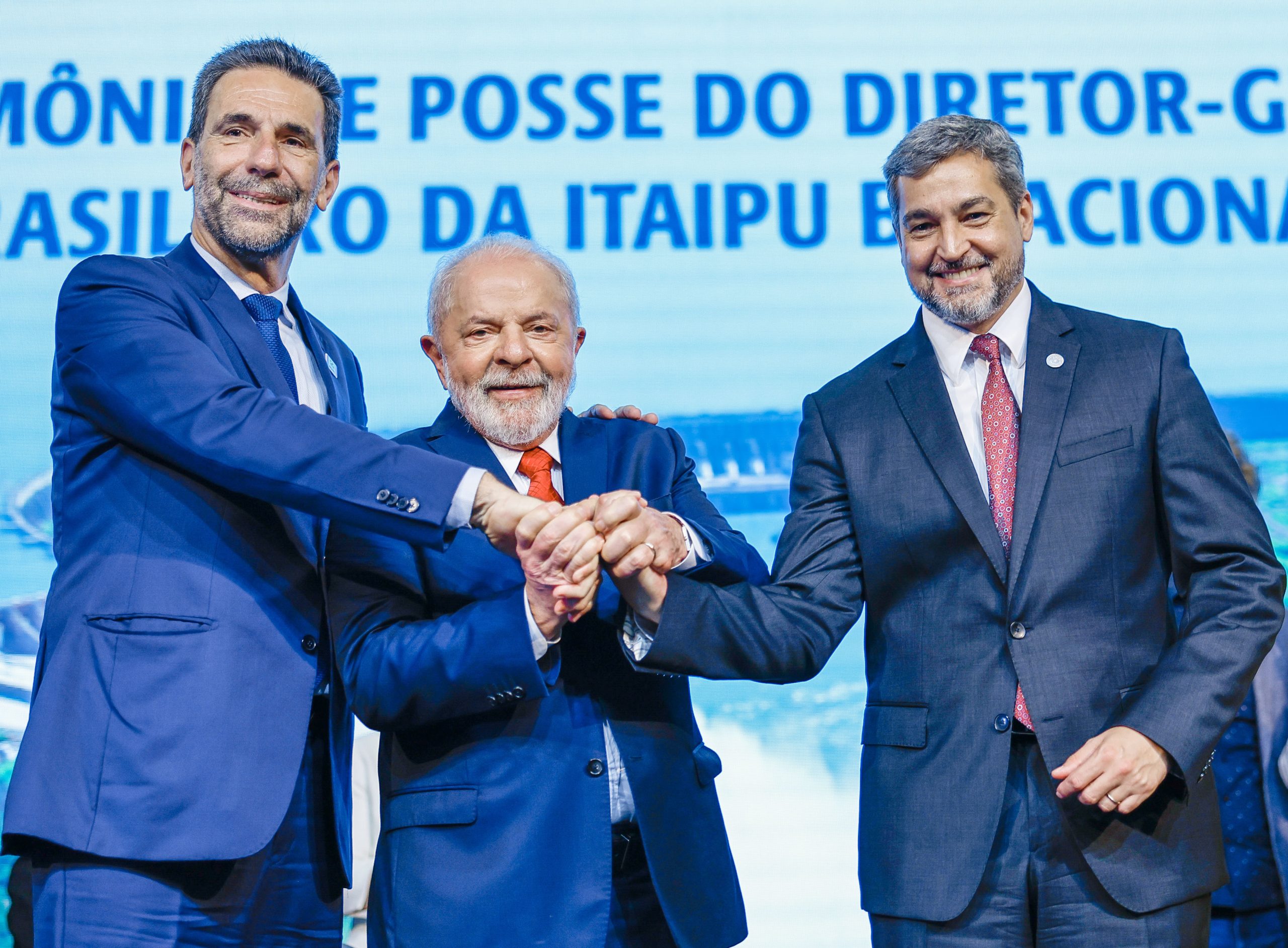
Isn’t this a contradiction? Large hydropower dams often displace huge populations, and have a negative record vis-à-vis Indigenous communities.
It is hard to imagine creating such a big structure in today’s world. Itaipu’s construction began 49 years ago, and most of the population and development in the region moved in after it was built.
We have an expansive mandate to look at sustainability in the region, and a focus on social and environmental sustainability. We are working closely with Indigenous communities on actions and environmental activities which have a great impact, such as [programmes focused on] avoiding deforestation.
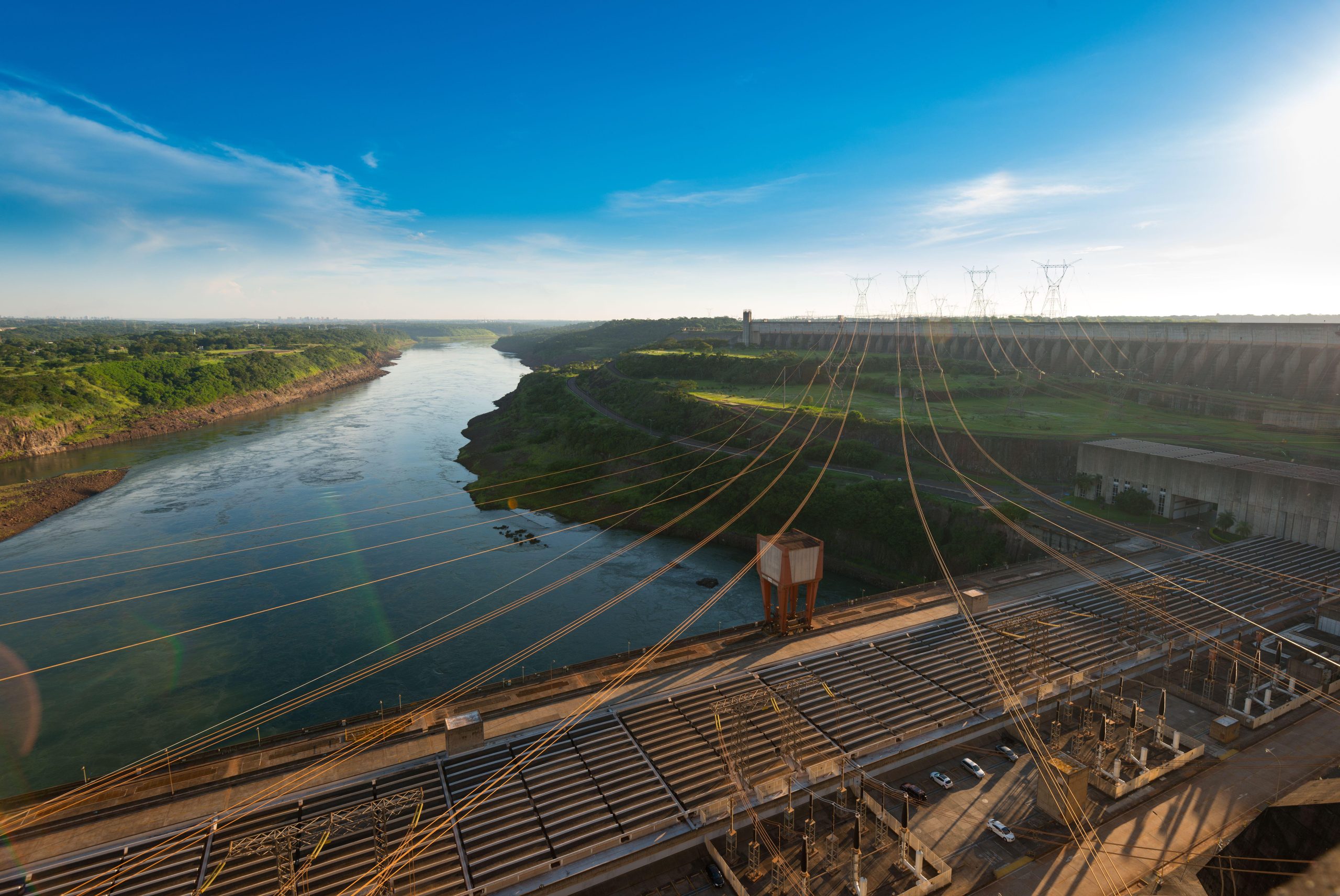
One of the key needs of Indigenous communities is financial sustainability. But if their only option is renting out their land for farming or soybean production, then of course there will be deforestation. Real engagement requires a view that addresses these needs in a way that strengthens conservation. This reforestation [carried out in Itaipu-supported schemes] is based on the expertise of Indigenous communities, it helps in restoring native flora and bringing back biodiversity.
We have also helped women from these communities to exhibit and market their handicraft through exhibitions, widening the appreciation for their cultural products and allowing them to financially benefit more from it. Last year, one of Itaipu’s schemes, Sustainable Guaraní [which works on environmental protection and improving access for Indigenous communities to healthcare, education, public services and business support] won an SDG Prize, awarded by the Paraguayan Sustainable Development Goal Commission for Itaipu’s work with Indigenous communities.
The interviewee wishes to state that all views expressed here reflect personal opinions; they do not constitute an official position nor commitments on behalf of Itaipu Binacional.
